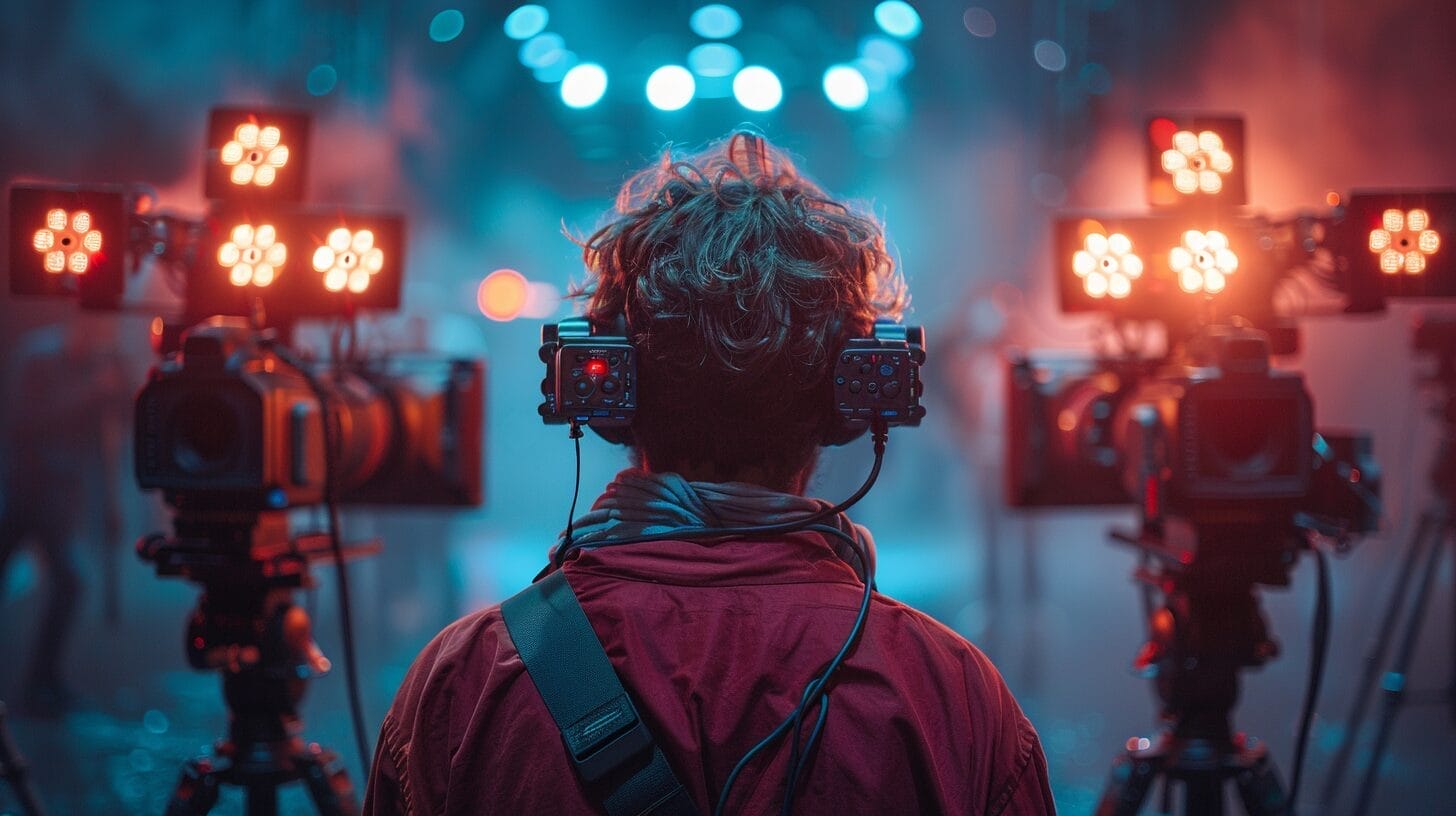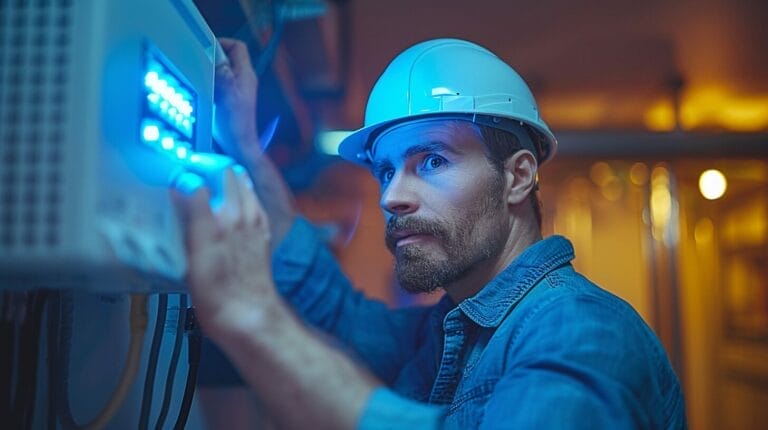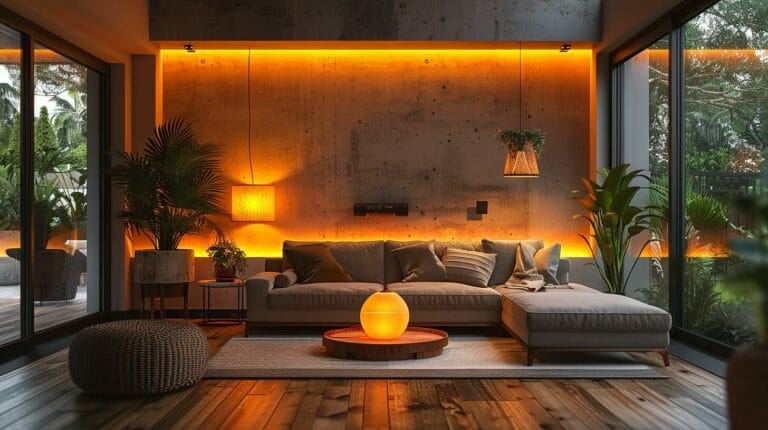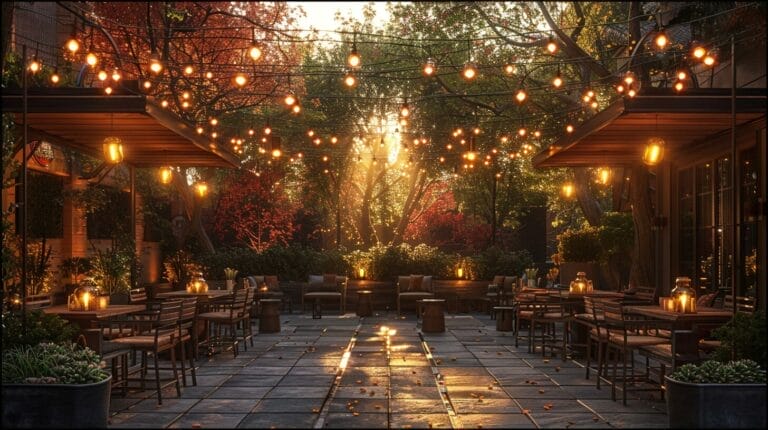LED for Photography Lighting: Illuminate Shots Like a Pro
Master the art of photography lighting with LED technology. Our LED for Photography Lighting guide explores the best LED options to illuminate your shots like a pro.
From adjustable brightness to color temperature control, discover how LED lights can enhance your photography setup, providing versatility, consistency, and stunning results for every shoot.
Key Takeaways
- LED lights offer adjustable color temperature for mood and tone control in photography and video work.
- High CRI in LED panels ensures accurate color reproduction in photos.
- Portable LED lights with customizable settings enhance versatility in various settings.
- Secure LED lights on stable stands or tripods for precise positioning and safety.
- Experiment with LED light modifiers like softboxes for desired lighting effects.
Understanding the Role of LED Light in Photography Lighting
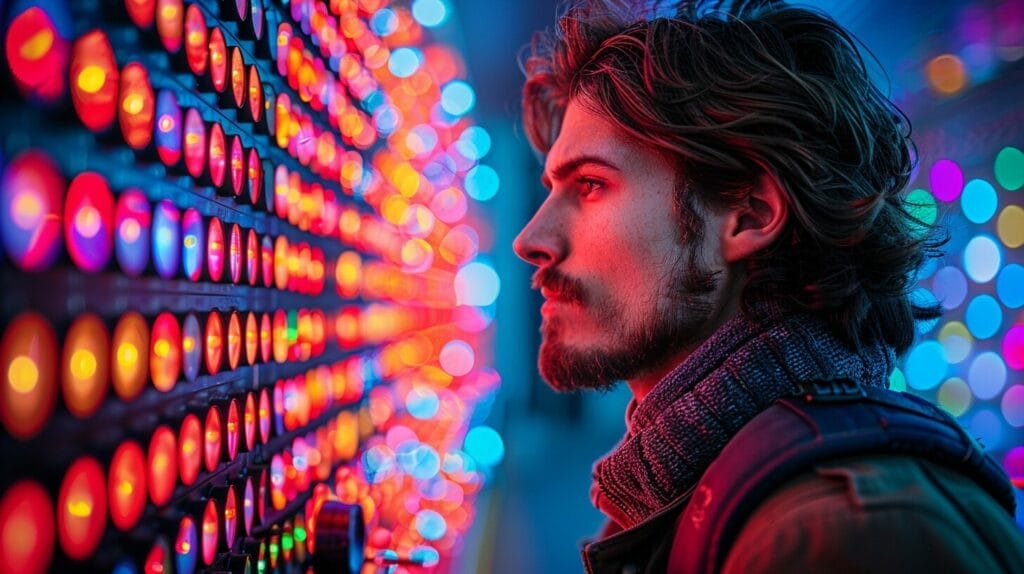
Understanding the role of LED light in photography lighting is essential for photographers and videographers looking to enhance their skills. The color temperature of LED lights can greatly impact the mood and tone of your photographs. LEDs offer a wide range of color temperatures, allowing for greater flexibility in achieving the desired look.
The Color Rendering Index (CRI) of LED lights is vital as it determines how accurately the colors will appear in your photos. Another key factor is the use of modifiers with LED lights. Modifiers such as softboxes can help control and shape the light, creating the desired effects for your shots. When setting up your LED lights, using a stable light stand is crucial for safety and proper positioning, making it straightforward to achieve the best lighting setup.
Exploring the Best LED Light Panels for Photography
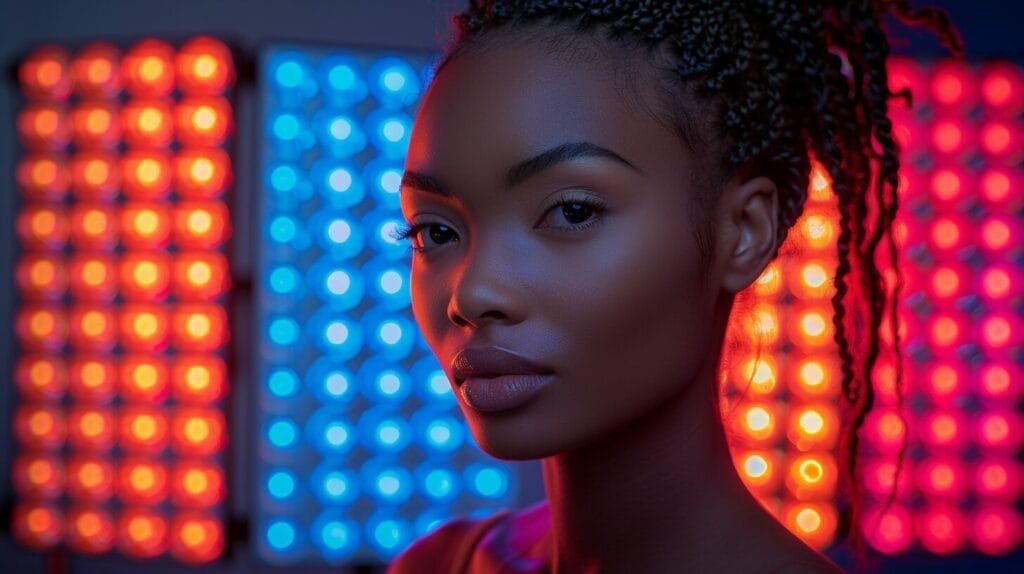
When selecting LED light panels for photography, we prioritize features that enhance performance and versatility. A top-rated LED panel should provide a powerful and adjustable light source, allowing photographers to control brightness levels effectively. The lux output of an LED panel is essential for creating well-lit shots in various settings, making it an important consideration for photographers aiming for professional results.
Key features to look for include customizable color temperature settings, high CRI for accurate color reproduction, a lightweight design for easy portability, and high lumen output for better light intensity. By choosing the best LED light panels, photographers can elevate their work and capture stunning images with precision and clarity, noting how the power output affects the final image.
Maximizing Camera Performance with LED Continuous Light

To enhance camera performance with LED continuous light, key techniques that improve exposure and image quality are implemented. The adjustable settings of portable LED lights allow us to customize the lighting to suit different shooting conditions.
The color rendering index (CRI) of the LED lights is vital as it indicates how accurately the light source reproduces colors. Utilizing battery-powered LED lights provides flexibility and freedom of movement, enabling us to capture shots in various locations without being restricted by power outlets. Securing the lights on a tripod helps maintain stability and allows for precise positioning.
Setting Up Effective Studio Lighting with LED Lights

Arranging LED lights effectively in a studio setting is crucial for creating ideal lighting conditions. When setting up your studio lighting kit, consider the Color Rendering Index (CRI) of the LED lights to guarantee accurate color reproduction.
Portability is another vital factor for selecting LED lights for your studio. To achieve soft and flattering lighting, use diffusion panels or softboxes with your LED lights. These accessories help distribute the light evenly, reducing harsh shadows and creating a more professional look, which is vital when precision and high lumen output are needed. Experiment with different levels of brightness to find the perfect intensity for your shots.
How Can LED Photography Lighting Benefit Other Areas of the Home, Such as the Kitchen?
LED lighting for kitchen sink can greatly benefit other areas of the home, like the kitchen, by providing bright and efficient illumination. These lights can improve visibility while cooking and preparing meals, enhance the overall aesthetic of the space, and contribute to energy savings.
Creative Applications of Strobe with LED Lights in Photography
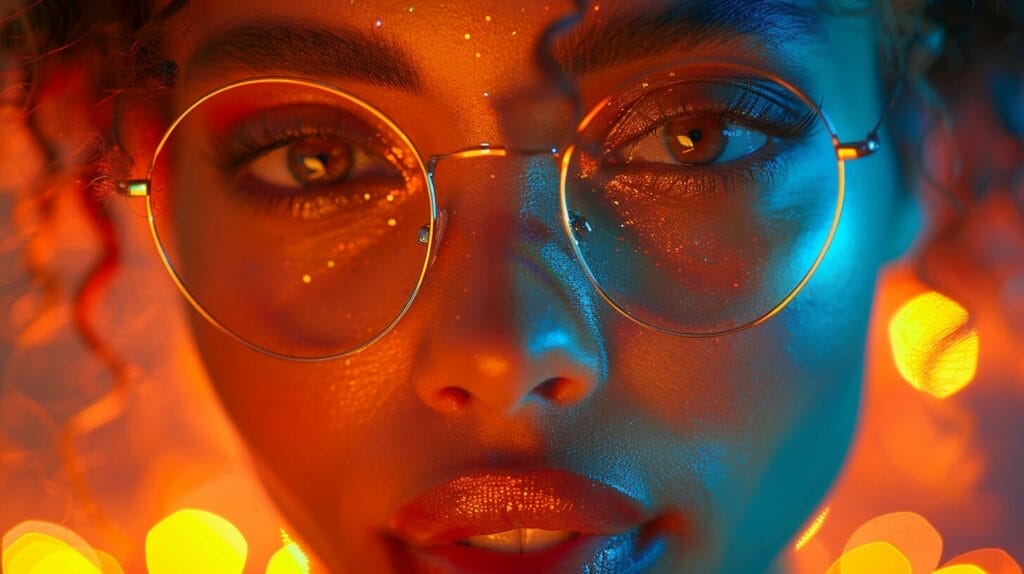
Exploring the dynamic interplay between LED strobe lighting and photography reveals a world of creative possibilities for capturing striking and visually enchanting images. When delving into the innovative applications of strobe with LED lights in photography, one can:
- Create dramatic and high-contrast portraits by combining LED strobe with continuous light sources, emphasizing facial features and expressions, and adjusting the lumen output for the perfect balance.
- Experiment with freezing motion in action shots using the quick burst of light from LED strobes, resulting in sharp and dynamic images.
- Enhance product photography by using LED strobes to highlight textures and details, adding depth and dimension to the subject.
- Achieve artistic effects like light painting by manipulating LED strobe lights in long exposure shots, producing mesmerizing trails of light in the image.
These techniques showcase the versatility and creativity that LEDs and strobes can bring to photography, offering endless opportunities for photographers to push the boundaries of traditional lighting methods.
Conclusion
Overall, using LED lighting for photography can truly revolutionize how the light will look like in various settings. elevate your shots to a professional level.
From understanding the importance of LED light in photography to exploring the best panels and maximizing camera performance, incorporating LED lights into your setup can make a significant difference.
Whether you’re setting up a studio or getting creative with strobe lights, the versatility and quality of LED lighting can help you achieve stunning results in your photography.
Frequently Asked Questions
What is LED lighting used for in photography?
LED lighting is commonly used in photography to illuminate shots, providing even light for capturing still images or videos.
What are some popular brands of LED photography lights?
Some popular brands of LED photography lights include Lume Cube, Rotolight Neo 3, and lights with features like rechargeable batteries and AC power options.
How does the light quality differ between LED and traditional lighting for photography?
LED lights offer a more consistent and even light output compared to traditional lighting sources, making them ideal for achieving professional-looking shots with special effects or specific lighting effects.
What are some key features to consider when choosing LED lights for photography?
When selecting LED lights for photography, consider factors such as the light output, color temperature (e.g., 5600K for daylight balance), types of lighting modes (constant or flash), battery power options, and the availability of diffusers or filters for customization.
Can LED lights be used for both photography and videography?
Yes, LED lights are versatile and can be used for both photography and videography work, providing consistent illumination for capturing professional-quality photos or videos.

